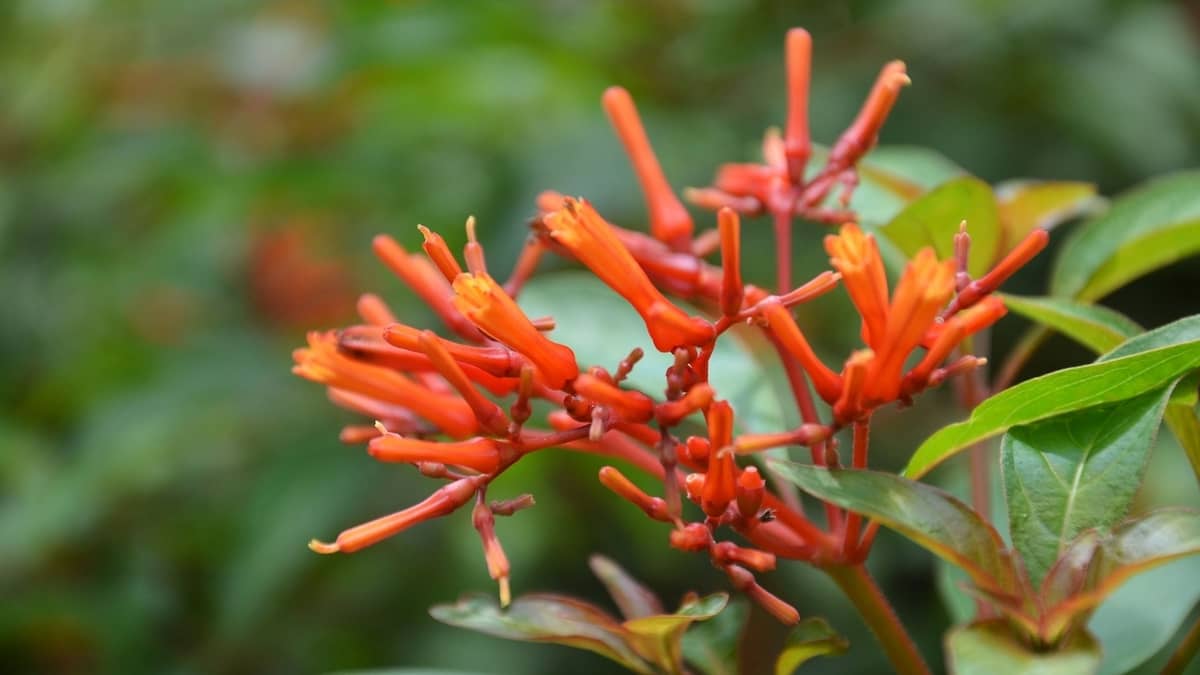The hummingbird bush is a great source of hummingbird nectar. It is a great magnet for hummingbirds. But do you know how to take care of this bush? Hummingbird bush care is what we will be looking into in this post.
Therefore, in order to be on the right track of having these flying jewels in your yard, knowing about hummingbird bush care will be of good help.
The ornamental deciduous shrub is really attractive to hummingbirds. This is because of its nectar-rich flowers and attractive color. When searching for this plant in the nurseries, look under names like ‘Flame Acanthus’, Mexican hummingbird plant, or ‘Texas Firecracker’.
Now, let’s take a look at great tips to consider for hummingbird bush care.
Ways To Look After And Maintain Your Hummingbird Bush
The hummingbird bush requires low maintenance as it looks after itself. It doesn’t need much watering and it can thrive under the shade, although it needs much sun to produce lots of flowers.
Notwithstanding, there are still some forms of care you can give to your shrub to make your garden a hummer paradise.
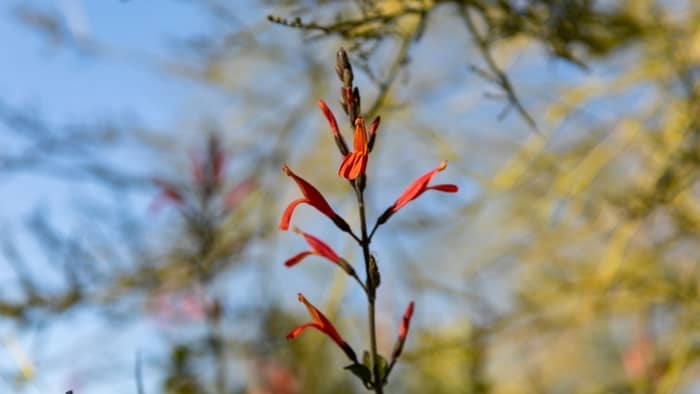
1. Enough Space
Hummingbird bush needs plenty of space to fan out, hence choose a location with enough space. The height of this plant can be measured up to 3 feet when it’s fully grown and the width can be up to 4 feet. This shrub is perfect for borders or hedges, hence it is deer resistant.
2. No Particular Soil Type
Without any form of hummingbird bush care, the shrub can thrive in soil beds with the poorest nutrient, condition, sandy and even rocky. Always have it in mind that the region where the shrub is native is known to be dry and arid. In this region, the water drainage level is very high.
You will be surprised to find out that it can thrive in clay-heavy soils with proper drainage. It can also thrive in soil with a pH of about 6.0 to 8.0.
3. Water
Hummingbird bush doesn’t really need water once it’s being established i.e already growing. It can be watered well when planted on the first day and then the moisture can be checked weekly. Go ahead to water if the surface of the soil is dry.
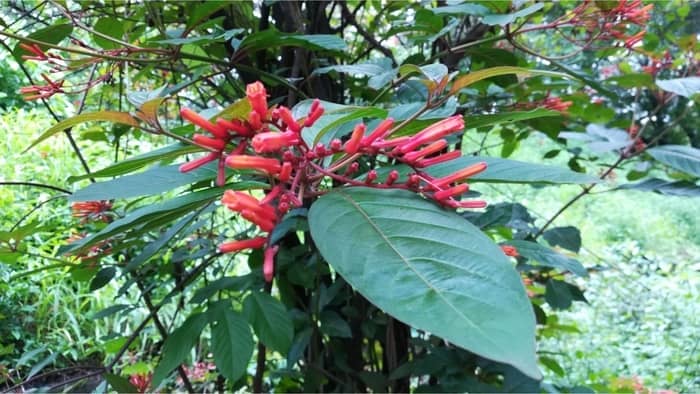
You can water occasionally over time especially in areas with very hot temperatures during late summer through mid-fall. This will help during the blooming season, for the plant to be able to produce its red flowers in abundance. But in normal circumstances, the water it needs will be gotten from the rain.
It is also resistant to drought. If it has not rained, water every month. And when it’s mid-autumn, reduce watering. For plants older than a year, do not water them more than necessary except at the beginning of a blooming season.
When the weather is hot, you should endeavor to water your shrub in the evening. This won’t make the plant lose so much water due to evaporation and also avoid shocking the plant.
Read more about Hummingbird Feeding Tubes
4. Sunlight
The hummingbird bush can survive in a partially shady spot but it really needs full sun to thrive well and produce lots of flowers. A lot of sunlight will make your hummingbird plant grow into a thick shrub with an abundance of flowers. And also with healthy-looking leaves.
This resilient shrub will grow so well with southern or southwestern exposure.
5. Temperature Friendly
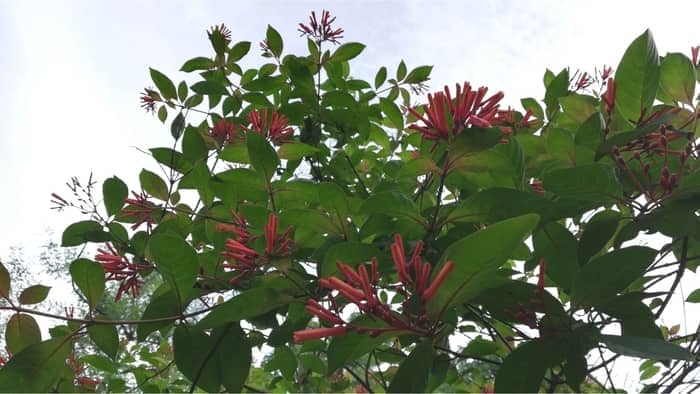
Hummingbird bush can tolerate any form of temperature be it extremely low or excruciatingly high. It can withstand the heat of a region that has a temperature as high as 95 degrees Fahrenheit.
It can also withstand frost in regions with temperatures as low as 5 degrees Fahrenheit. That is why you don’t need to worry if you live in regions that will get frosty in winter.
Hummingbird bush has a root system that is built to withstand the frost. Your plant will definitely spring forth again in spring but it needs to be pruned well in order for it to grow to its full potential again in the coming year.
6. How to Prune and Maintain Hummingbird Bush
The hummingbird bush doesn’t need much care and maintenance, in fact, it can survive when neglected. But you should plant it in a soil with high drainage tendency.
Also, choose a location that is warm and sunny for planting in your yard. You can water it lightly when necessary. Then leave the rest to the shrub, it will look after itself.
To know when the hummingbird shrub is ready for its winter dormancy, you will see that its leaves will begin to turn yellow. It will also wither and then fall off. This should begin around late fall.
There will be no need for you to water the shrubs during this period. This is because it won’t be lacking in moisture with the help of rain and snow.
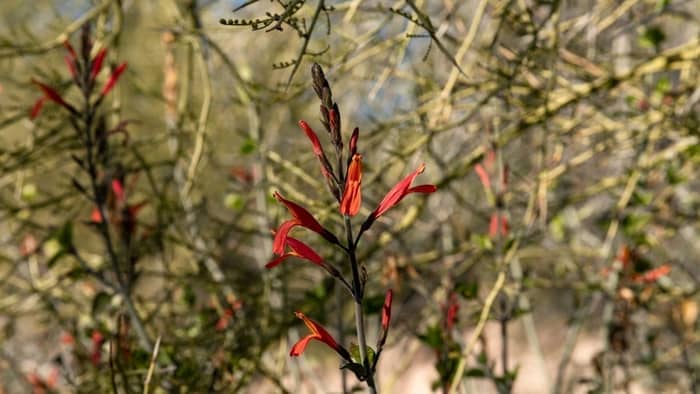
The best time to start pruning your shrub, in order to encourage new sprouting and growth, is early spring. Give it a hard prune by cutting the bush to at least 6 inches using hedge trimmers or gardening scissors. By so doing, the shape and spread of the shrub can be controlled to how you want it.
It will also help the plant to grow new stems and lots of flowers in the new season.
Furthermore, bear in mind that the hummingbird bush takes time to bloom. Hence, if your shrub doesn’t begin to show signs of new growth on time during spring, don’t fret. You will begin to see it blooming around July which is mid-summer.
Hummingbird Bush Not Flowering
If your hummingbird bush is not producing flower during the blooming season, then it might be as a result of growing your plants in a shady spot with little sun. This will cause the plant to produce abundance of leaves but non or just few flower spikes.
Another reason might be because you’ve been supplying your plants with a high amount of fertilizer, nitrogen-rich type especially. This is unnecessary. And you already know it will lead to the same result.
Hummingbird Bush Care: Conclusion
Learning about hummingbird bush care will open your eyes to a lot of things you never knew about maintaining a healthy hummingbird bush in your garden.
This will further help to keep your garden attractive to hummingbirds and also turn your garden into a hummer paradise.
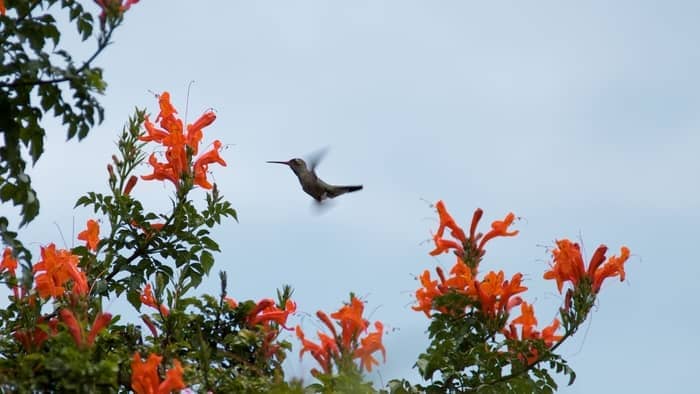
FAQs
[rank_math_rich_snippet id=”s-4250f767-0812-4e45-880e-a7cf4c229cae”]

